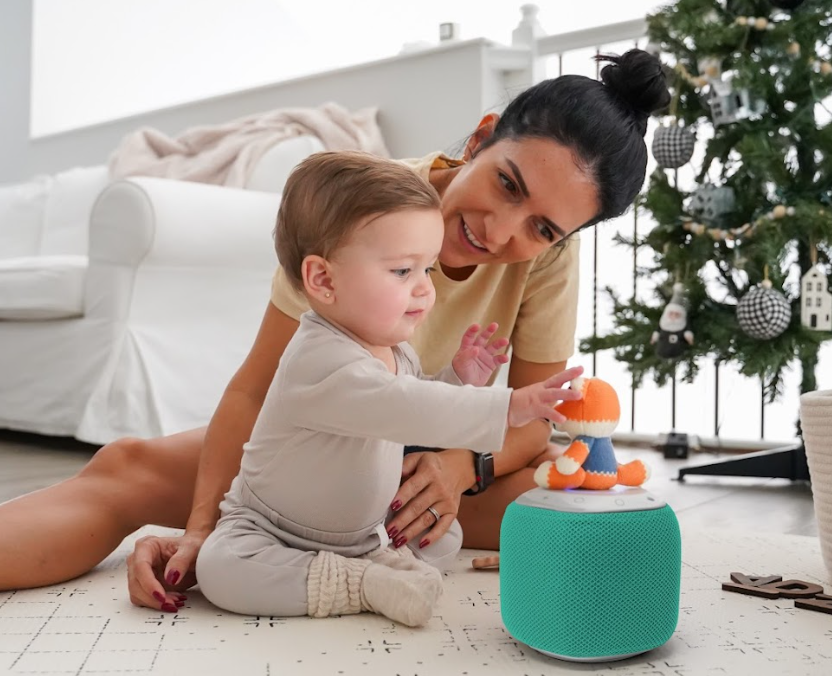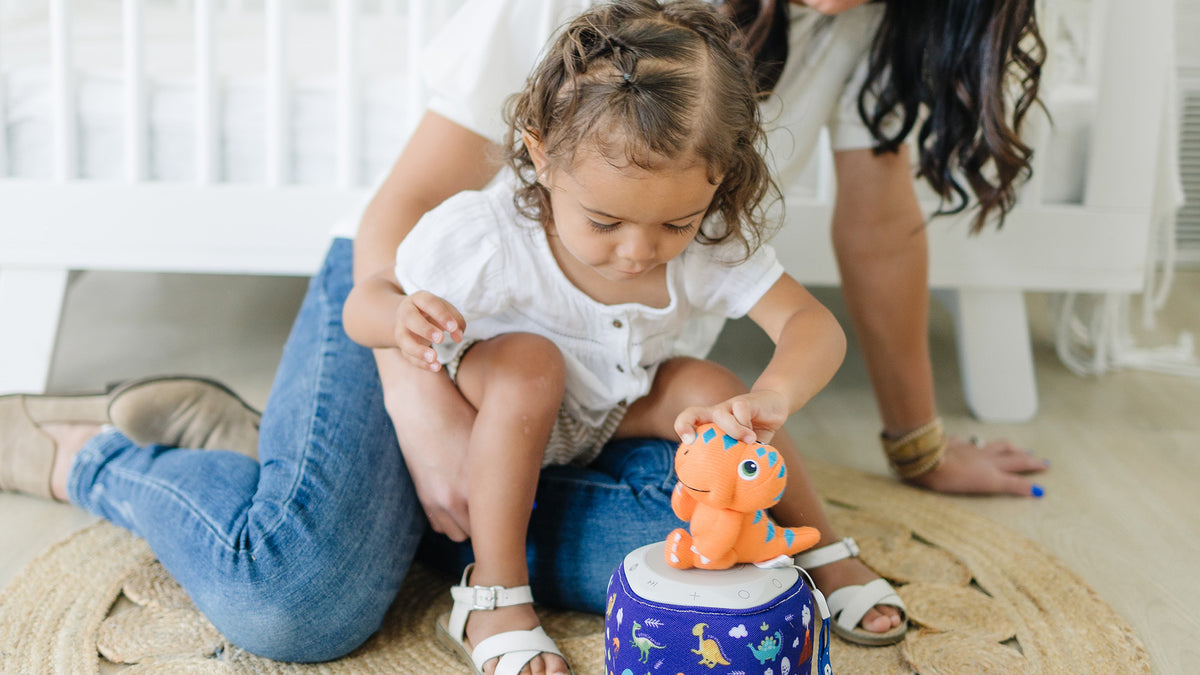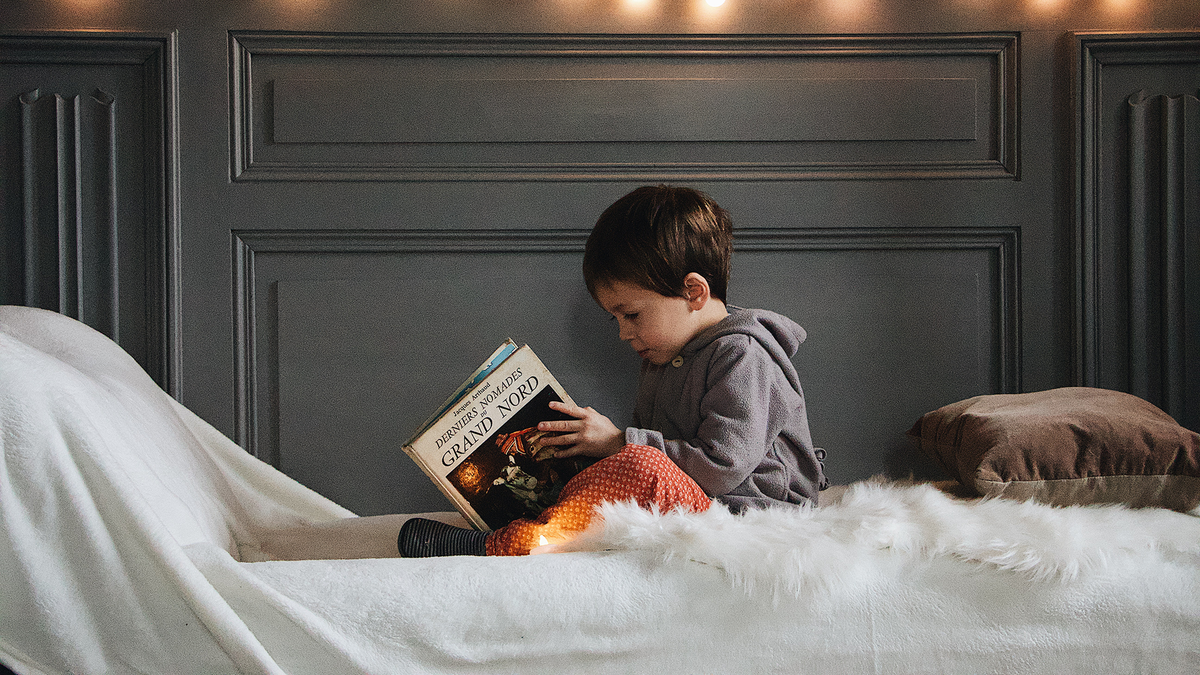Functional play is an essential component of a child's development. At one year old, children are typically engaging in functional play, which involves using toys and objects for their intended purpose. Functional play is different from symbolic play, which involves using objects to represent other things, such as using a block as a phone.
At one year old, children are beginning to explore their environment and develop their motor skills. They are also starting to understand the functions of objects in their environment. As such, functional play is an important way for children to learn about their environment and develop their motor skills.
Forms of Functional Play
Manipulative play - Manipulative play involves using toys and objects to manipulate and explore. For example, a child may enjoy playing with blocks and stacking them on top of each other or putting objects into a container and then taking them out again.
Imitative play - Imitative play involves copying the actions of others. One very common example in 1-year-olds is pretending to talk on a toy phone. It's likely that your child sees you using your phone fairly often and will begin imitating that behavior. It's quite a milestone when your child can recognize a specific object and then "use" it as intended! Other common examples include feeding a doll or pushing it in a toy stroller.
Encouraging Functional Play
Functional play is one of the earliest forms of play and is important for your child's development. It encourages the development of both fine and gross motor skills, helps them to develop problem-solving skills, and allows them to explore their environment and the properties of objects (is something heavy or light, is it hard or soft?) As a parent, there are a few ways you can encourage functional play in your one-year-old child.
- Provide them with age appropriate toys and objects - These include items like blocks, alphabet magnets, toy cars, dolls, simple puzzles, and balls. You can even use everyday objects like tupperware containers and pots and pans.
- Play with your child - Your little one is absorbing everything you do and learning a lot! Set up a play situation with your child in which they can imitate your actions, such as pretending to cook with mixing bowls and other safe kitchen equipment. You can also pretend to take care of a baby doll together or get down on the floor and roll toy cars around.
- Set up a clear and safe environment where your child can explore - This doesn't mean you need an entire play room with tons of toys. All you need is a clear space where you introduce a few items. By not having too much around, you'll avoid feelings of overwhelm and your little one can focus on exploring their toys and objects. Plus, the less you have, the more you can guarantee your child will avoid any potentially dangerous situations, like choking hazards.
It is important to remember that every child develops at their own pace, and there is no one "right" way for a child to play. Some children may prefer to engage in manipulative play, while others may prefer to engage in imitative play. As such, it is important to observe your child and follow their lead when it comes to play!








